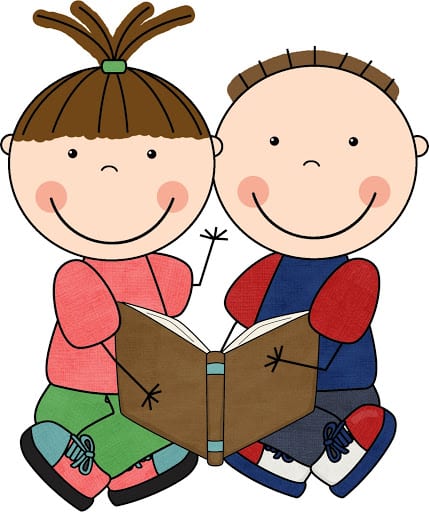
Here are some fun spring animated books by Eric Carle. They are involve bugs!!

Here are some fun spring animated books by Eric Carle. They are involve bugs!!
Today, let’s work on identifying body parts!
Here are some great songs that sing about different parts of the body:
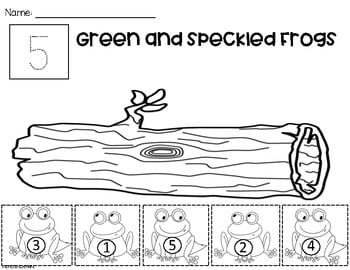

This week is all about the letter “W”. Here are some fun ways to practice making the letter. I also have some fun arts and crafts ideas you can do at home!





All of the following arts projects can be made with paper plates.
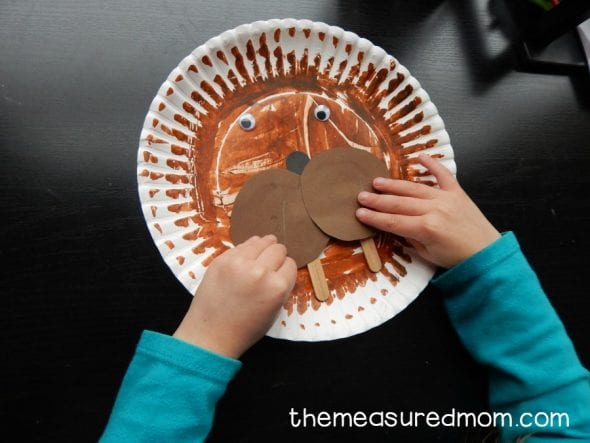
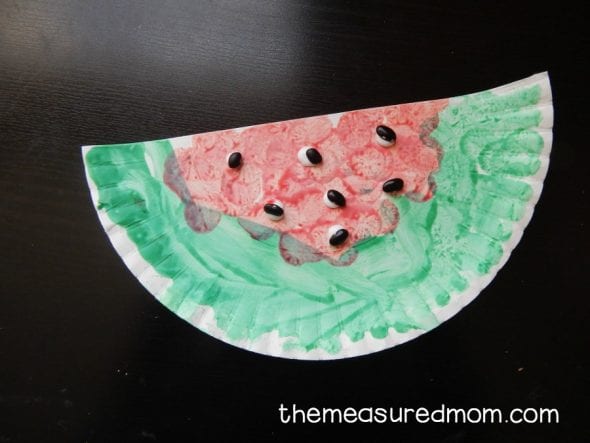
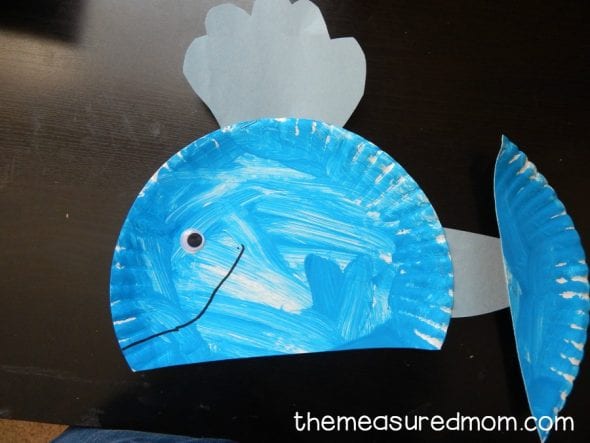
Reading to your child is important. Reading helps your child get to know sounds, words, language, and develop literacy skills. Make time to read to your child once a day. Virtual read-a-loud books are great too!
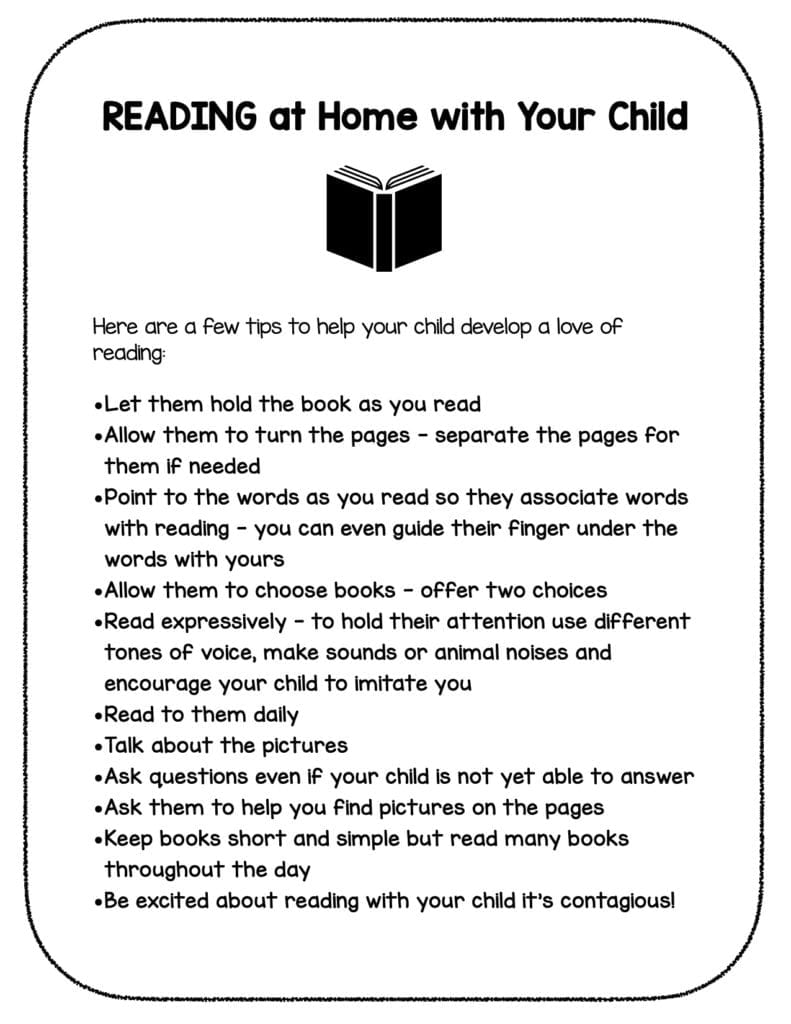
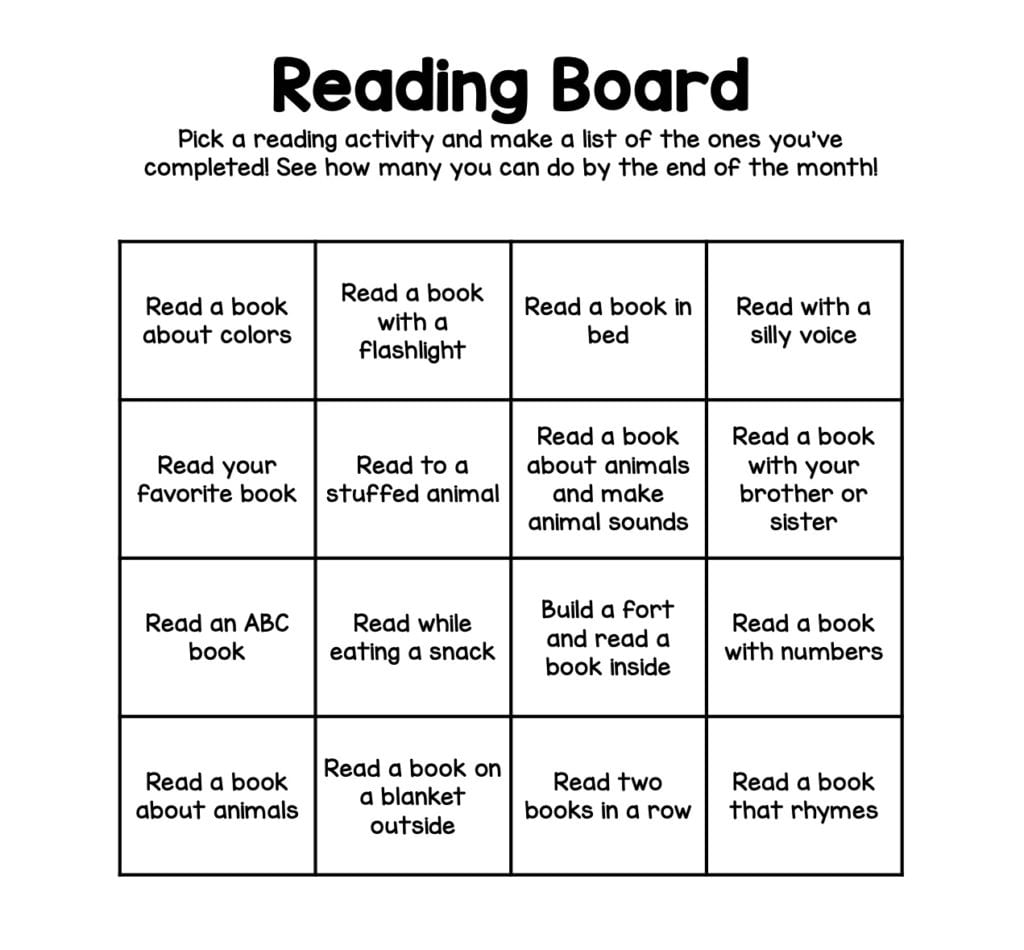
Have a great EID and Memorial Day weekend! I will post again on Tuesday!
Tips to Make Independent Dressing Easier for Your Child
Little changes can make a big difference in limiting your child’s frustration while dressing. Check out these tips to make getting dressed
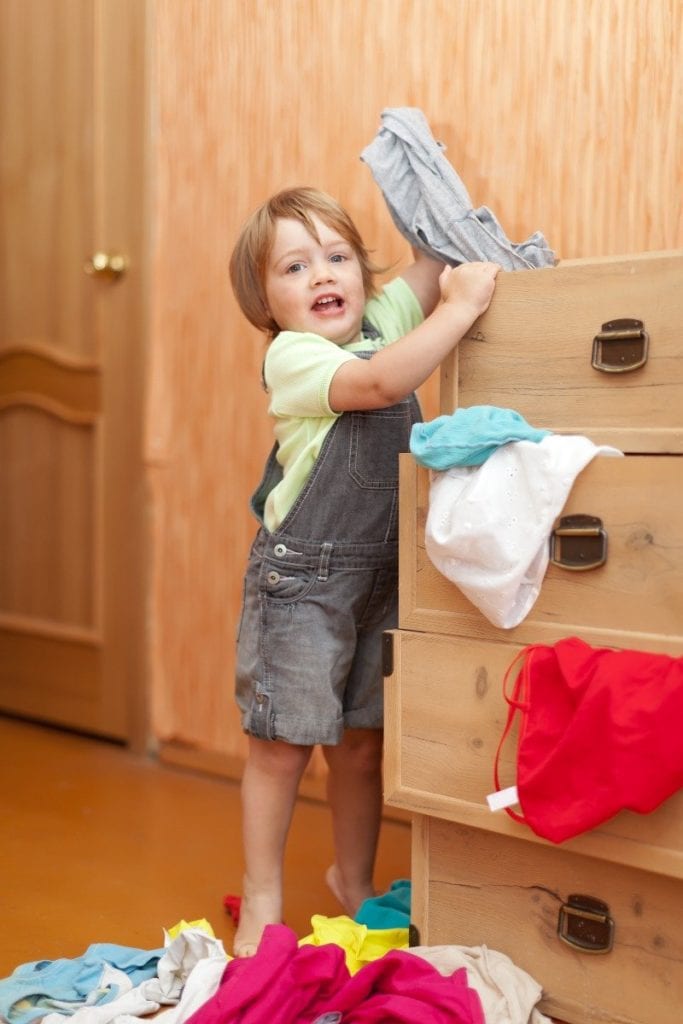
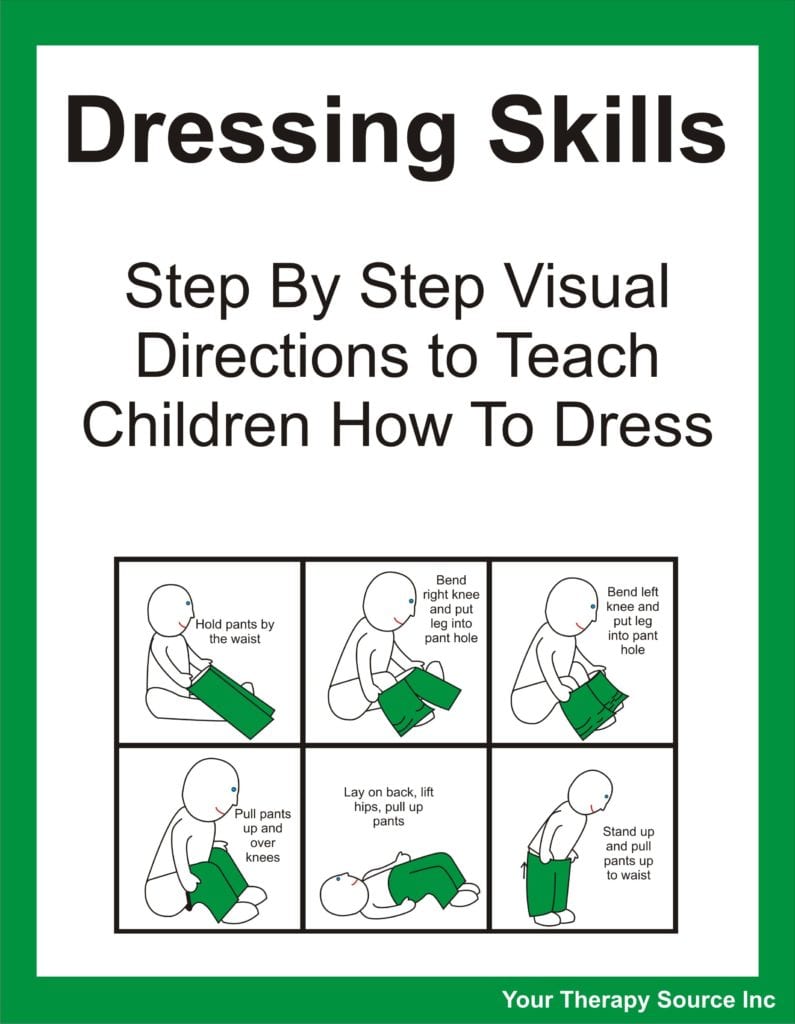
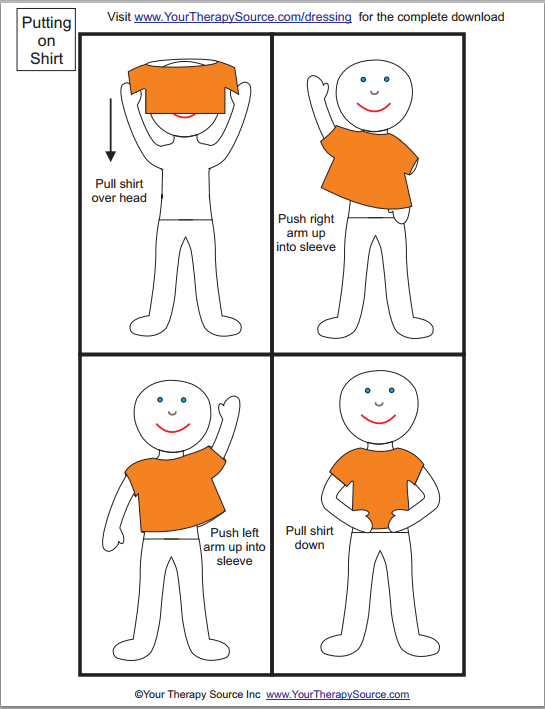

Lets make pasta necklaces today! Not only is this a fun art project, but it helps with developing fine motor skills.
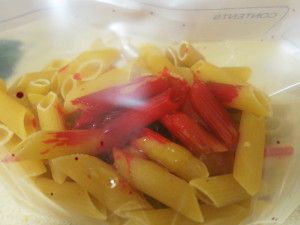

Here is a fun color scavenger hunt that can be done indoors/outdoors. This week is supposed to be warmer, get out and enjoy the sunshine! I also attached our rainbow song we play in class and “The Rainbow Fish” read along.
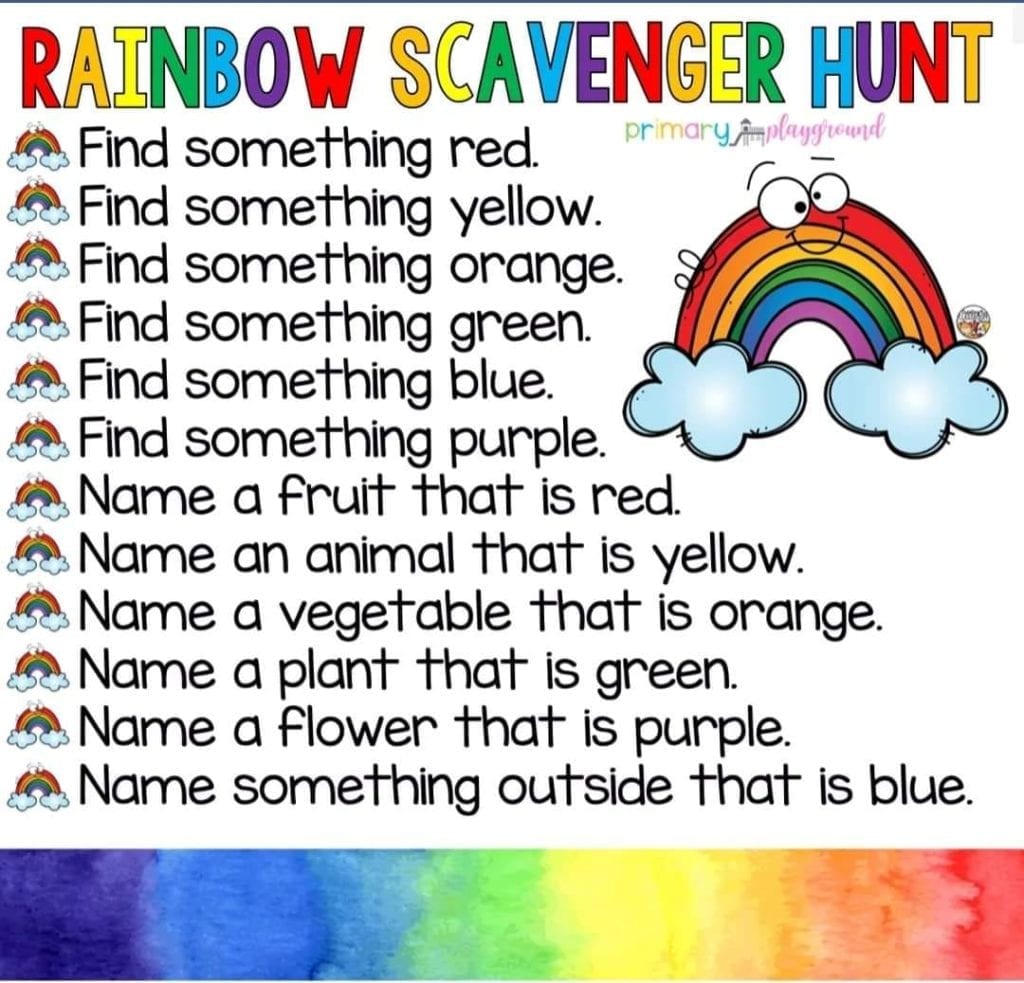
This week is all about the letter “V”. Here are some fun ways to practice making the letters with items around your home!
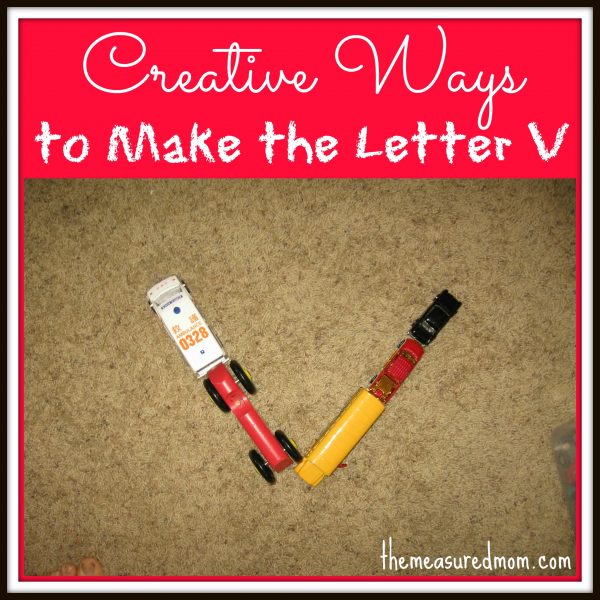
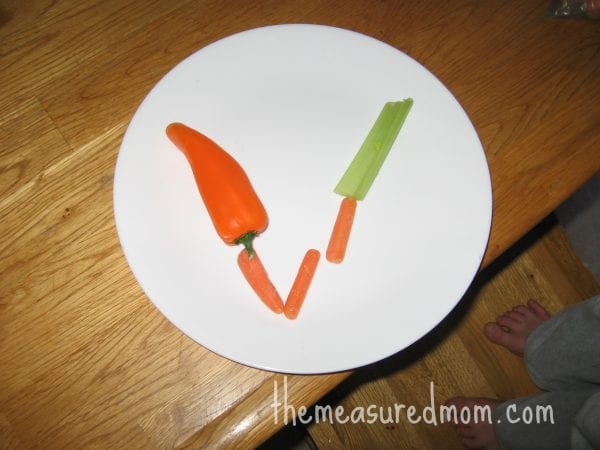
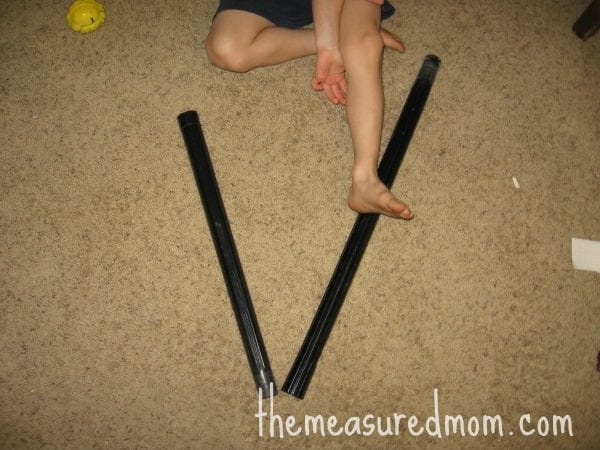
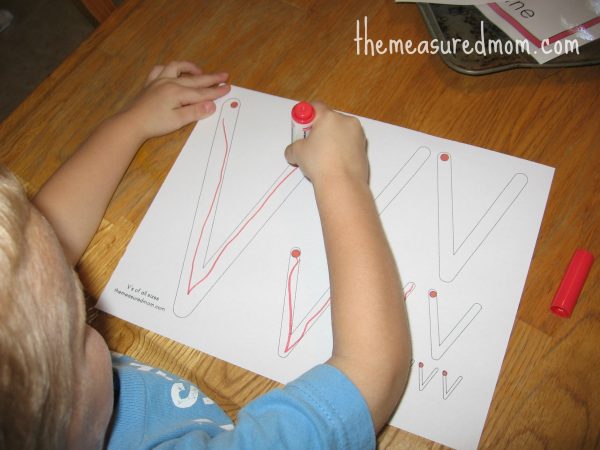
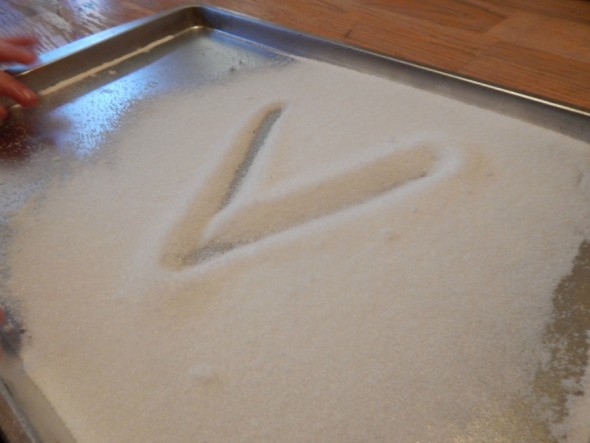

Here are some fun art activities we would be making at school that you can now make at home.

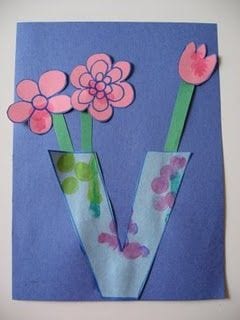
You can recreate an erupting volcano at home. All you need is baking soda and vinegar. I would recommend doing it outside or in some sort of a container.
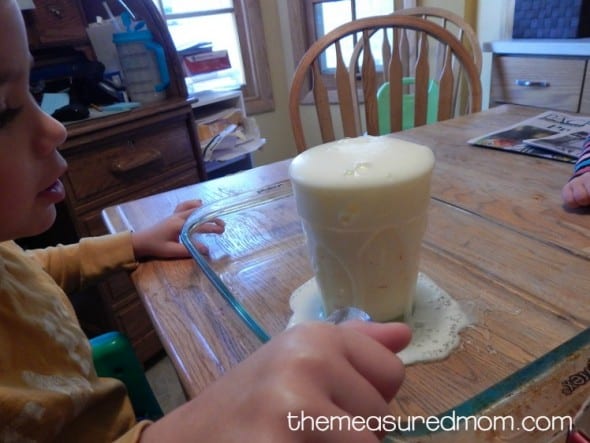
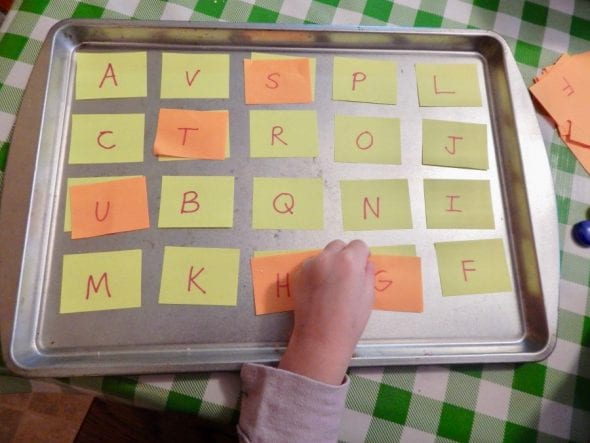
Hi everyone. I came across a fun way to practice matching your letters at home. Make 2 sets of alphabet letters on post-its. Stick one of the sets on a baking sheet. Give your child the other set and have them match the letters by sticking them on one another. You can practice saying the letters out loud as they take turns matching them. Start out with uppercase letters first. Once the uppercase letters are mastered, you can make all of the letters lowercase. To make it more challenging, you can have your child match the lowercase letters to their corresponding uppercase letters. Have fun!